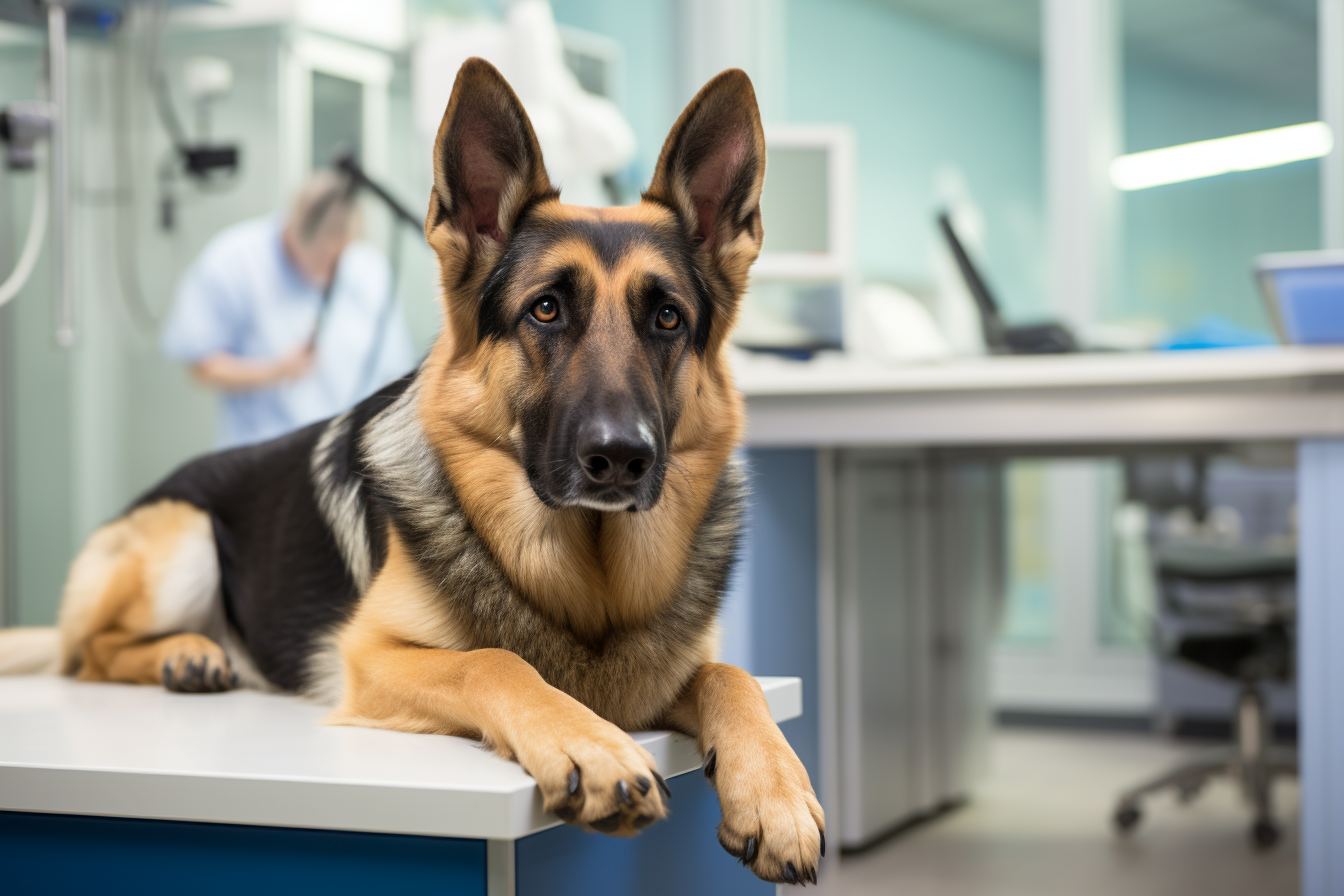- Home
- Blog
- Pet Healthcare
- Preserving Mobility: A Comprehensive Guide to Managing and Preventing Joint Degeneration in Aging Pets
Preserving Mobility: A Comprehensive Guide to Managing and Preventing Joint Degeneration in Aging Pets

As our beloved pets age, joint degeneration becomes an increasingly pressing concern, impacting their mobility, comfort, and overall quality of life. In this column review and report, we delve into the causes of joint degeneration in aging pets and provide valuable insights into effective preventive measures and management strategies. Additionally, we explore the emerging field of light therapy and its role in promoting joint health for our furry companions.
When it comes to joint degeneration in pets, a multitude of factors come into play. Genetics, obesity, and exercise-related stress have been identified as major culprits in the development of this condition. Certain breeds, such as German Shepherds and Labradors, are genetically predisposed to joint issues, highlighting the influence of hereditary factors. Furthermore, obesity places an increased burden on a pet's joints, accelerating the wear and tear of the joint cartilage. Excessive exercise or injuries can also contribute to joint degeneration by causing damage and inflammation within the pet's joints, exacerbating the aging process.
Preventive Measures and Treatments:
- To mitigate the risks associated with joint degeneration, a proactive approach is key. Here are some preventive measures and treatments to consider:
- Weight Management: Regular monitoring and maintaining a balanced diet tailored to your pet's age and health condition can effectively manage their weight, reducing the strain on their joints.
- Exercise Regimen: Providing appropriate exercise is crucial for maintaining joint flexibility and muscle strength. Tailor the exercise routine to your pet's breed, age, and physical condition, favoring activities such as walks, swimming, or gentle play. Avoid high-impact exercises that can strain their joints, such as jumping or excessive stair climbing.
- Comfortable Resting Environment: Create a cozy and warm sleeping environment for your pet to minimize the impact of cold air and hard surfaces on their joints. Consider providing a soft, insulated bed or blanket that can be regularly cleaned and replaced.
- Nutritional Supplements: Under veterinary supervision, supplement your pet's diet with joint-friendly nutrients like glucosamine, chondroitin, and OMEGA-3 fatty acids. These supplements have been shown to support joint cartilage health and repair.
- Veterinary Care: If you notice obvious symptoms of joint degeneration in your pet, seeking immediate veterinary care is essential. Treatment options may include pain relief or anti-inflammatory medications, physiotherapy sessions, joint injections, or, in severe cases, joint replacement surgery. Light therapy, using specific wavelengths of light, can also be incorporated as a daily method to maintain optimal joint health.
Light therapy, an emerging field in pet healthcare, has also shown promise in treating various health conditions, including joint problems. By utilizing specific wavelengths of light, light therapy stimulates cell metabolism, increases blood circulation, reduces inflammation and pain, and promotes wound healing. Different types of light therapy, such as infrared light, red light, blue light, and UV light, offer distinct benefits and applications in improving joint health.
While joint degeneration in pets may be an irreversible process, proactive management and preventive measures can significantly slow its progression and alleviate discomfort. By implementing a holistic approach that includes weight management, exercise moderation, a comfortable resting environment, nutritional supplementation, and veterinary care, pet owners can enhance their furry friends' quality of life in their golden years. Embracing the advancements in light therapy further adds to the arsenal of tools available for promoting joint health and overall well-being in aging pets. With our love and care, we can help our pets navigate their senior years with comfort and vitality.

Article Classification
Recent Articles
- Introducing LLLT Phototherapy: A Game-Changing Technology for Sports Recovery
- Navigating Corporate Sustainability through ESG: Charting the Path to a Carbon-Neutral Future by 2050
- Introducing Our Path to Achieving the 2050 Zero Carbon Emission Goal: Unveiling Our Pioneering ESG Strategy and Firm Commitment
- "LLLT Low-Level Light Therapy: Unleashing the Power of Light for Your Body!"
- Preserving Mobility: A Comprehensive Guide to Managing and Preventing Joint Degeneration in Aging Pets
